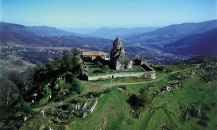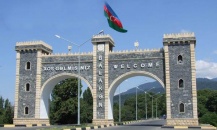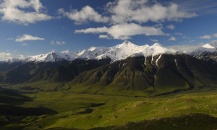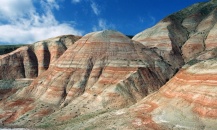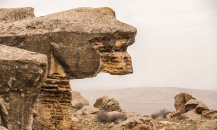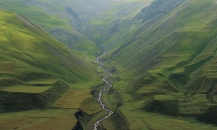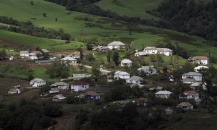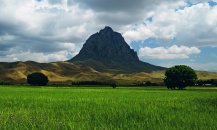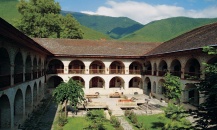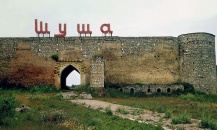
President of the Russian Federation Vladimir Putin presents the “Pushkin” Medal to Leyla Aliyeva

-
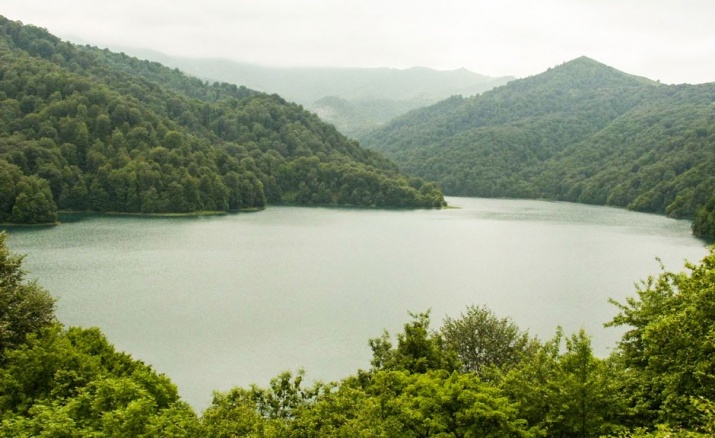
Ganja
The region of Ganja-Gazakh is located in the western part of the country and comprises the administrative districts of Aghstafa, Dashkasan, Gadabey, Gazakh, Goygol, Samukh, Shamkir and Tovuz, as well as the towns of Ganja and Naphthalan.
More -
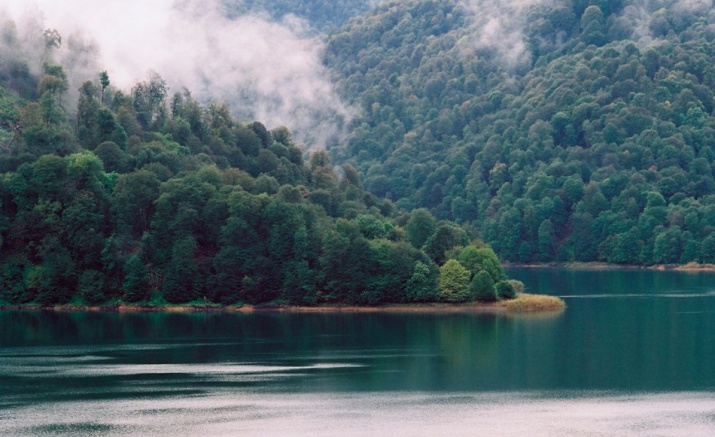
Ganja
The region of Ganja-Gazakh is located in the western part of the country and comprises the administrative districts of Aghstafa, Dashkasan, Gadabey, Gazakh, Goygol, Samukh, Shamkir and Tovuz, as well as the towns of Ganja and Naphthalan.
More -
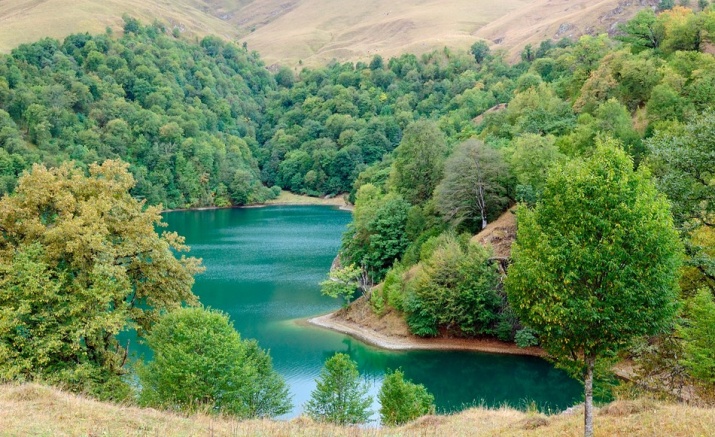
Ganja
The region of Ganja-Gazakh is located in the western part of the country and comprises the administrative districts of Aghstafa, Dashkasan, Gadabey, Gazakh, Goygol, Samukh, Shamkir and Tovuz, as well as the towns of Ganja and Naphthalan.
More
Ganja

The region of Ganja-Gazakh is located in the western part of the country and comprises the administrative districts of Aghstafa, Dashkasan, Gadabey, Gazakh, Goygol, Samukh, Shamkir and Tovuz, as well as the towns of Ganja and Naphthalan. The area has been inhabited since the Paleolithic period. Numerous archaeological finds excavated from caves in Mount Aveydagh, Dash Salakhly and Damirchi sites in Gazakh District provide a sufficient evidence thereto. Neolithic settlements of Toyretepe, Hassangulu (Aghstafa District) and Goytepe (Tovuz District) are known as one of the earliest hotbeds of primeval tillage in the Caucasus. Remnants of residential and utility premises excavated there date back to the 7th millennium B.C. The historic sites of Dashkasan and Gadabey Districts constitute a part of the Khojaly-Gadabey Archaeological Culture, tracking Azerbaijan’s history back to the 14th-7th centuries B.C. The Keshikchidagh State Historical and Cultural Reserve encompassing the whole network of caves in the District of Aghstafa is known for its extraordinary terrain and numerous historical sites. Research held in this ancient area of Azerbaijan revealed two thousand year old natural caves along with some artificial ones dating back to the period of the 8th-15th centuries. The tower revealed in the area was built in the early medieval period for the purpose of defense. All together, the State Historical and Cultural Reserve of Keshikdagh boasts of almost 70 ancient caves, one tower, one shrine, and one place of worship preserved to this day and currently protected. An old rampart of the medieval town of Shamkir built along the river with the same name is looking impressive indeed. Sizeable woodlands covering the mountain range of Murovdagh are famous for various therapeutic water springs like Yumurtaly, Narzan, Turshsu, Gible, Gayghy, as well as unique natural landmarks like plane-trees, some of them 1200-1300 years old. Dashkasan District, also known for the largest deposits of iron ore and alunite in the Caucasus, has an important role to play in the country’s economic life. One of the features of the District of Samukh is the relic area of mondell pine woodland (Pinus eldarica). The first reserve in the Caucasus since 1910, the woodland is located 400-600 meters above sea level. Known for its beautiful nature, the region of Ganja-Gazakh features picturesque alpine landscapes and rich wildlife. Riparian forests stretching all the way along the bank of the Kura river create a peculiar ecosystem. The area provides the habitat for a number of rare and endangered species of birds and animals included in the Red Book. Some really magnificent places worth seeing include the resort area of Hajikend located amidst the forest covered foothills of the Lesser Caucasus 1000 meters above sea level, and Mount Kapaz with seven adjacent lakes, each having a speaking name of its own like Goygol (The Blue Lake), Maralgel (The Deer Lake), Garagol (The Black Lake), Ayi Golu (The Bear Lake), Gush Golu (The Bird Lake) and Zali Golu (The Leech Lake). Created in 1139 as a result of an earthquake at the Mountain of Kapaz, the lake of Goygol presents a true natural miracle. Elevated 1556 meters above sea level, 2800 meters long, 1000 meters wide and 96 meters deep, Goygol features an extraordinarily pure and transparent water providing visibility up to 13 meters. An interesting detail worthy of mention is that the lake consists of three water strata completely separate from each other, with fresh water in the upper level, the transitional medium level, and poisonous sulfur stratum in the bottom. The lake is surrounded by pristine oak, pine, and beam forests located at the steep mountain slopes. To better protect the rich and diverse wildlife of the lake’s surroundings, the Goygol State Natural Reserve was established back in 1925 to be upgraded to the level of the National Park of Goygol in 2008. The first written sources of therapeutic oils in the world date back to the 12th century. This unique asset, making Azerbaijan famous throughout the world, is located in Naphthalan. Reported in the works by numerous mediaeval travelers and poets, the oil of Naphthalan was exported to a number of Asian countries, with a special group of merchants exclusively involved in its trades. The oil was used for treatment of bone, joint, nerve, muscle, skin and gynecological diseases. As most of the people attending this place for treatment left it absolutely healthy and no longer needed crutches and other supportive walking devices, a unique museum of sticks and crutches left by former patients was created in the spa town of Naphthalan. The museum has no analogy in the world. The city of Ganja is another ancient cultural hub of Azerbaijan. Back in the 10th-12th centuries, during the period of the Renaissance in the Orient, Ganja made a significant contribution to the world cultural heritage by becoming a home to such outstanding persons in poetry and science as Nizami Ganjavi, Abul-Ula Ganjavi and Mekhseti Ganjavi. Historic and architectural landmarks of Ganja include the Tomb of Nizami Ganjavi, Juma Mosque (The Friday Mosque), the Shah Abbas Mosque, The Imamzadeh Complex, the Sheykh Ibrahim Mausoleum, caravan-sarays (medieval inns), to mention a few. The region is also known as the hub of a specific form of folk art, i.e. the ashuqs (the type of local minstrels). Other site specific old trades preserved in the area to this very day include carpet weaving, metal embossing, and wood and stone carving featuring some unique local ornaments.
© 2013 Leyla Aliyeva Official Website
All rights reserved. Any cited material must be url-linked to this site.

